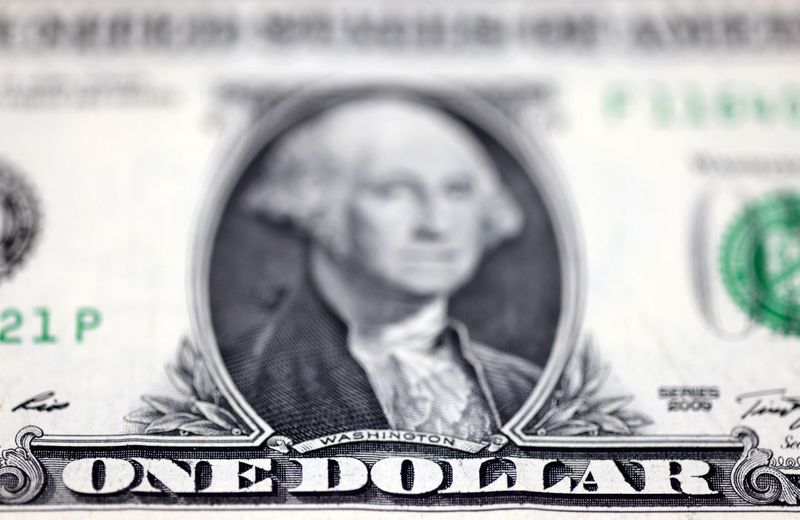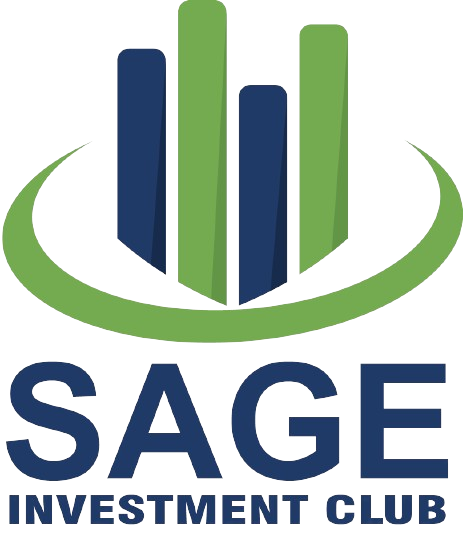
© Reuters
By Geoffrey Smith
Investing.com — The dollar was at its lowest level in over nine months in early European trading on Thursday, after the Federal Reserve’s latest interest rate decisions and guidance brought the end of the current policy tightening cycle into view.
Fed Chair Jerome Powell told his press conference that “the disinflationary process has started,” although he added that he still doesn’t expect the central bank to start cutting this year – a view that the foreign exchange and bond markets don’t seem to share.
History appears to be on the markets’ side, according to some. Paul Donovan, chief economist with UBS Global Wealth Management, said in a morning note that in three of its past four tightening cycles, the Fed has started to cut rates within six months of reaching the peak. He expects the peak in this cycle around the end of the first quarter of this year.
By 03:00 ET (08:00 GMT), the , which tracks the greenback against a basket of advanced economy currencies, was at 100.90, down 0.1% on the day, having earlier dipped as low as 100.675. It’s lost some 2.3% so far this year as traders have bet on the interest rate differentials between the dollar and other G10 currencies narrowing.
That process should be in evidence later Thursday when both the and the are expected to raise their key rates by 50 basis points each. This would take the Bank of England’s Bank rate to 4.0% and the ECB’s deposit rate to 3.0%.
The weakness of the Eurozone and British economies is likely to ensure that there is opposition in both banks to such a large step: fell by more than expected in January, while household spending and borrowing slowed sharply in the U.K. at the end of last year. That presents both banks with a communication challenge later.
The BoE’s decisions are due at 07:00 ET, while the ECB’s are due at 08:15 ET. Bank of England Governor then speaks at 09:15 ET, while the starts at 08:45 ET.
Elsewhere, the is expected to keep its key rate at 7%, reinforcing a trend that has seen a plateau in rates among central banks that moved earlier than the Fed to rein in inflation. left its key rate unchanged for the fifth month in a row on Wednesday. By contrast, the is set to raise rates again to over 17% as it continues to struggle with the fallout of last year’s energy and food price shocks.
